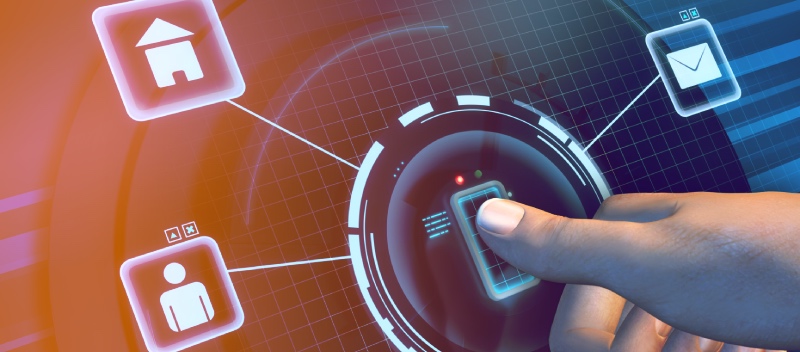
As the use of biometric data becomes more widespread, it is important to consider the potential risks associated with its use. While biometric data can provide increased security, there are a number of factors that should be considered when using this type of data.
One of the most important considerations is the potential for identity theft. If biometric data is compromised, it could be used to create fake identities. This could lead to financial loss or other problems for the individual whose data was stolen.
Another consideration is the accuracy of biometric data. While this type of data is generally more accurate than traditional identification methods, there is still the potential for error. Suppose biometric information is used to make important decisions, such as granting access to a building or approving a transaction. In that case, an error could have serious consequences.
Finally, it is vital to consider the privacy implications of using biometric data. This type of data can reveal a lot about a person, and it may be collected without their knowledge or consent. If this data is mishandled, it could be used to invade someone’s privacy or for other malicious purposes.
Despite the potential risks, biometric data can provide a number of benefits. When used correctly, it can help improve security and accuracy while protecting the privacy of individuals.
Legal and Business Requirements
When using biometric data, several legal and business requirements must be met. These requirements vary depending on the country or region where the data is being used. Still, they typically involve ensuring that the data is collected and used fairly and transparently.
In some cases, businesses may be required to obtain consent from individuals before collecting or using their biometric data. They may also be required to provide individuals with information about how their data will be used and how it will be protected.
There are several international standards that businesses can use to ensure that they meet the requirements for collecting and using biometric data. These standards cover data quality, data security, and data privacy.
The use of biometric data is subject to a number of laws and regulations. These laws and regulations vary depending on the country or region where the information is used. Businesses should consult with legal counsel to ensure that they are compliant with all applicable laws and regulations.
Biometric data can be a powerful tool, but it is essential to consider the potential risks and requirements. When appropriately used, biometric data can help improve security and accuracy while protecting the privacy of individuals.
How to Secure Biometric Data
There are some steps that businesses can take to secure biometric data. These steps include:
- ensuring that only authorized personnel have access to the data
- encrypting the data
- storing the data in a secure location
- regularly backing up the data
- destroying the data when it is no longer needed.
In addition to taking technical measures to secure biometric data, businesses should also implement organizational controls. These controls can help ensure that the data is used appropriately and according to the law.
Organizational controls include:
- developing policies and procedures for using biometric data
- training employees on these policies and procedures
- appointing a data protection officer
- conducting regular audits of biometric data usage.
By taking these steps, businesses can help to protect the data and ensure that it is used appropriately.
Additionally, third-party providers that manage outsourced biometric authentication are a tempting target for hackers. Companies should evaluate vendors to ensure the data is secure to their satisfaction.
Conclusion
Biometric data is a type of data that can be used to identify individuals. This type of data has some potential uses, but it also comes with risks. When using biometric data, businesses must meet all legal and business requirements. In addition, companies should take steps to secure the data, both from a technical and organizational perspective.
